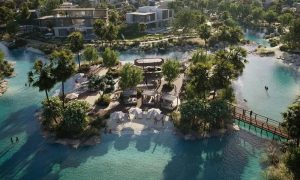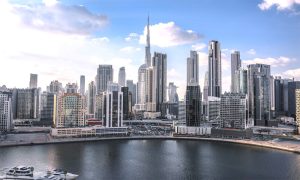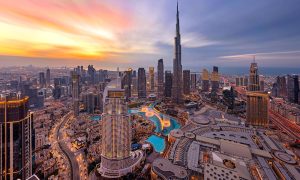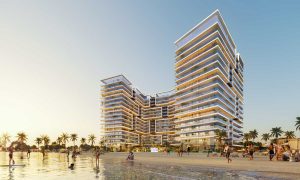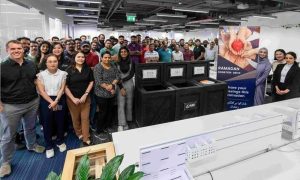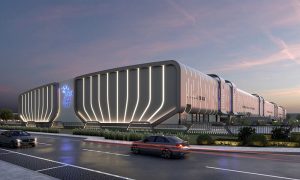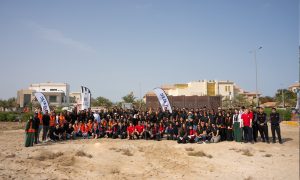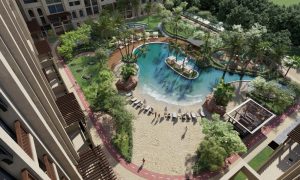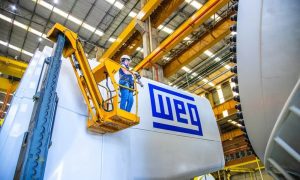The new design brief for homes in the Middle East
The brief for the home has changed with a new era being driven by hybrid lifestyles and working cities says Obada Adra, Associate Principal at CRTKL
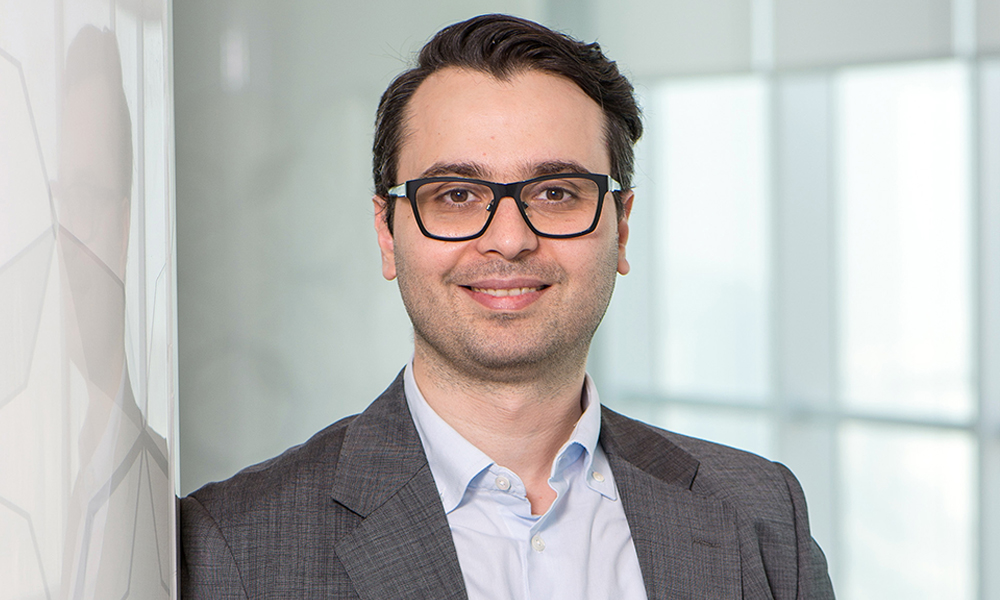
Over the past few years, homes in the Middle East experienced a dramatic shift in expectations. People spent more time at home for both business and leisure purposes with the residential market adapting to promote fluidity, flexibility and authenticity. Homes are now serving hybrid lifestyles and provide space for productivity and relaxation. Apartments, villas and communities across the region have become some of the most important buildings in urban areas with increased focus on how to stimulate dynamic lifestyles.
Indeed, people quickly realised that a well designed home had a plethora of benefits. When crafted correctly, the home can become an attractive work environment without the stress of the commute. Time saved in the car could be better utilised in personal development, fitness or hobbies completed at home. Now in a post-pandemic world, the brief for the home is changing still as people hold dear to their newly discovered freedom and want to incorporate the best the home can offer into their daily lives.
Moving forward, the residential market and the demands on the home have undoubtedly changed. Throughout the region, people are demanding a more dynamic lifestyle offering that caters to new hybrid working styles and provides greater community and cultural connection. A blueprint is being developed for new buildings that will be more hybridised with changeable systems, structures and modules that can be adapted to suit the evolving needs of the market.
The need now is for productive living environments with the technological infrastructure to support residents. Consequently, a new era is driving hybrid lifestyles and hybrid working cities. Residents are working, exercising, shopping, learning and meeting in more unexpected ways, which are now being dictated by purpose and convenience rather than demand. For example, coffee shops are popping up in offices, ghost kitchens in hotels and healthcare services in apartment building. As these lines continue to blur, a different set of residential amenities are emerging and bringing with them buildings that will play a more active role in the health and wellness of those that inhabit them.
Three new concepts are driving residential development:
The Home of Things
The ‘Home of Things’ (HoT) refers to the physical objects within the home that are embedded with sensors, processing ability, software and other technologies that connect and exchange data with other devices and systems over the Internet or other communications networks. Innovative technology in a fully integrated HoT allows endless opportunities for improved home performance and convenience.
Connected and controlled through a resident’s mobile device, the HoT could support amenities by tracking, measuring and improving personal energy usage and well-being. Biometric data gathered here could then be shared with in-house practitioners or resident nutritionists, counsellors, and other health professionals that could rotate through a new type of hyper-local medical office or telemedicine pods that are built into the offer.
The Branded Residence – Residential meets hospitality meets healthcare
New attitudes about health, wealth, and family are transforming an industry that formerly defined by medical care and home equity. Seniors are delaying entering interdependent living, choosing to age-in-place and increasingly demanding more urban settings and connections to communities and culture. As residents, they want an inner-city lifestyle, impressive amenities, luxury services, superior care, varied culinary options, and resort-like experiences where they can grow and thrive as aging individuals. Spaces that allow their lifestyles, hobbies, and pets to move with them – where they can feel at home, host others, and gain access to improved convenience and care.
To attract the booming elderly population, development is moving in a new direction towards brand residences and a lifestyle product that blends residential operations with a hospitality approach that is based on a professionally managed rental model. These models will focus on holistic health, community integration and mixed-use opportunities, incorporating senior wellness programs across education, exercise (both instructor and technology led), health, nutrition and intergenerational connection.
The Hybridised model or a ‘Universal Building’
There is a need for the new building typology to feature shared uses that come together to form a hub for a community of creatives, who blend living with working and socialising. The Universal Building allowing for flexible development strategies to take shape over time. With the ability to easily shift the program mix, this supports a city’s strategic goals in that it offers innovative housing and workplace options for an evolving and diverse community.
It refers to a framework building with changeable systems, structure, and modules. This uniquely flexible platform can adapt program uses based on changing market needs. From the column grid to carefully considered floor-to-floor heights, the building will easily shift between residential, office and social spaces.
